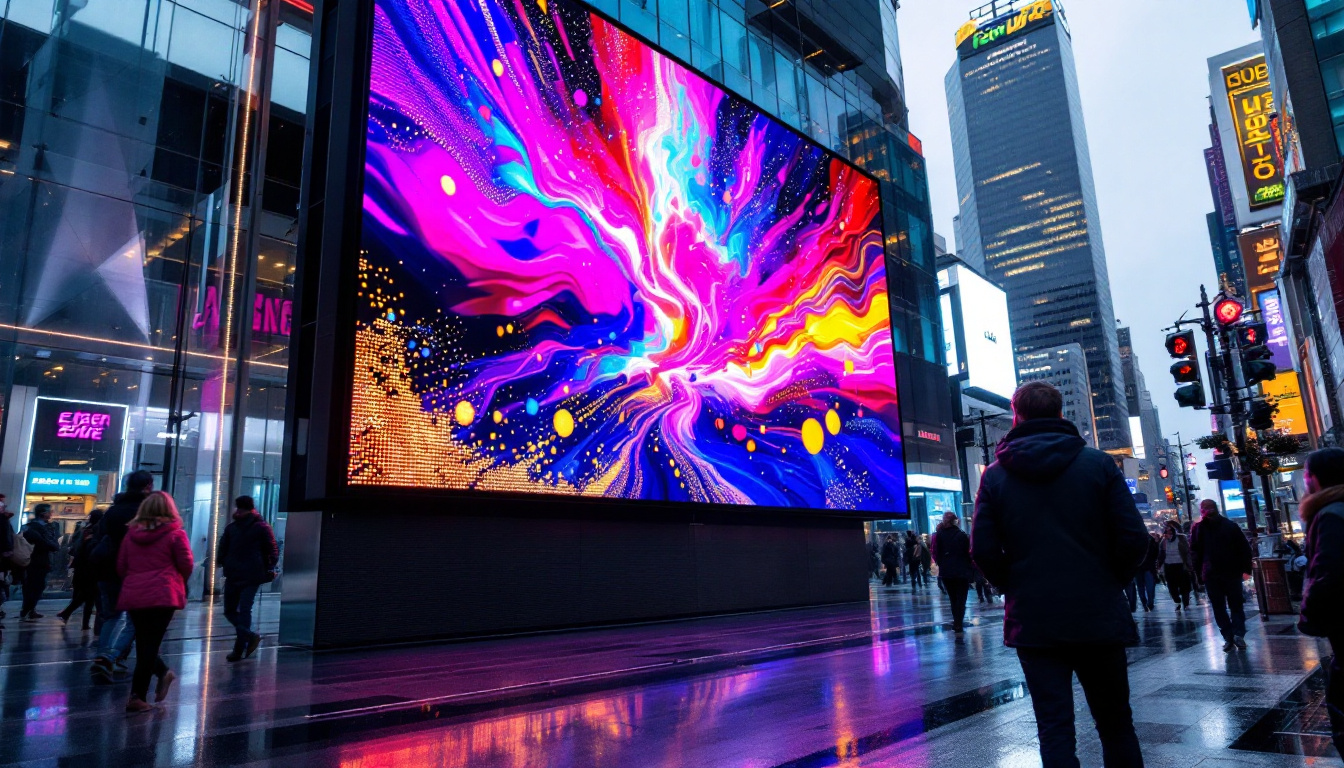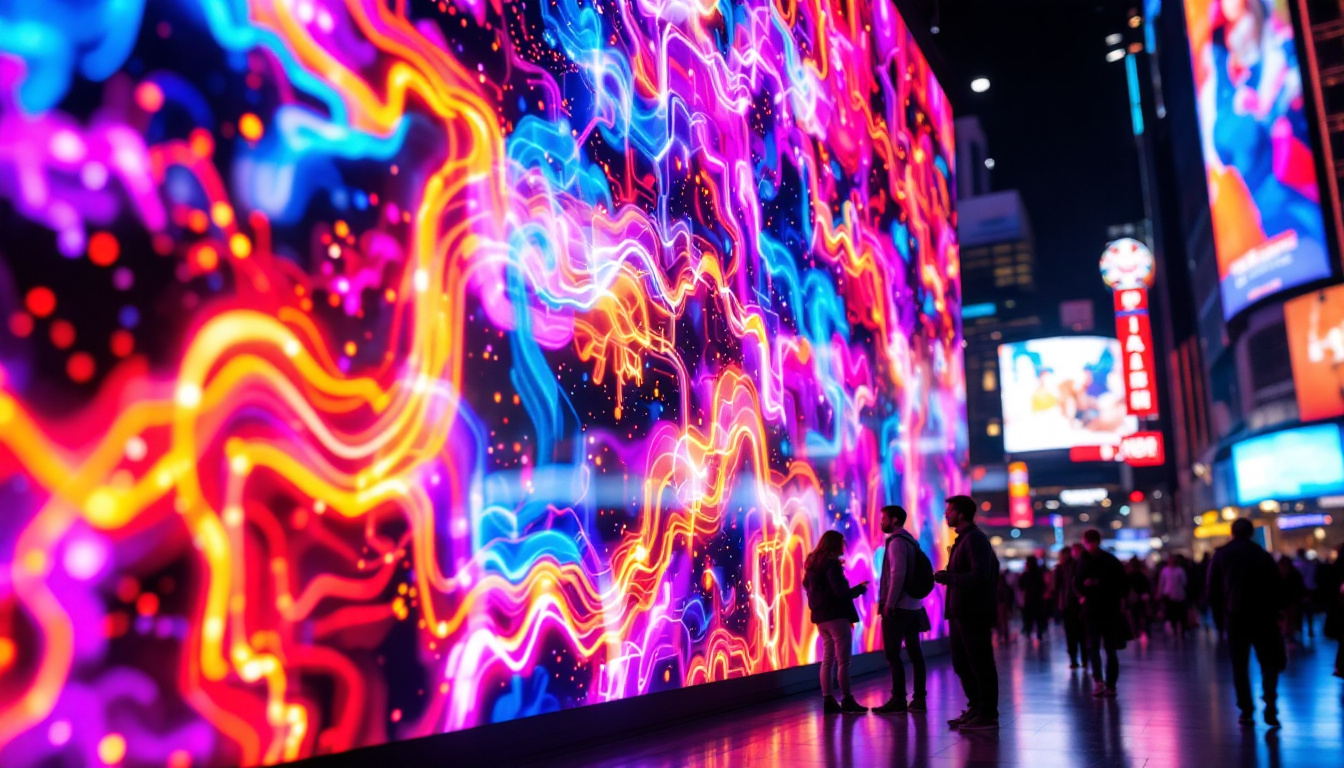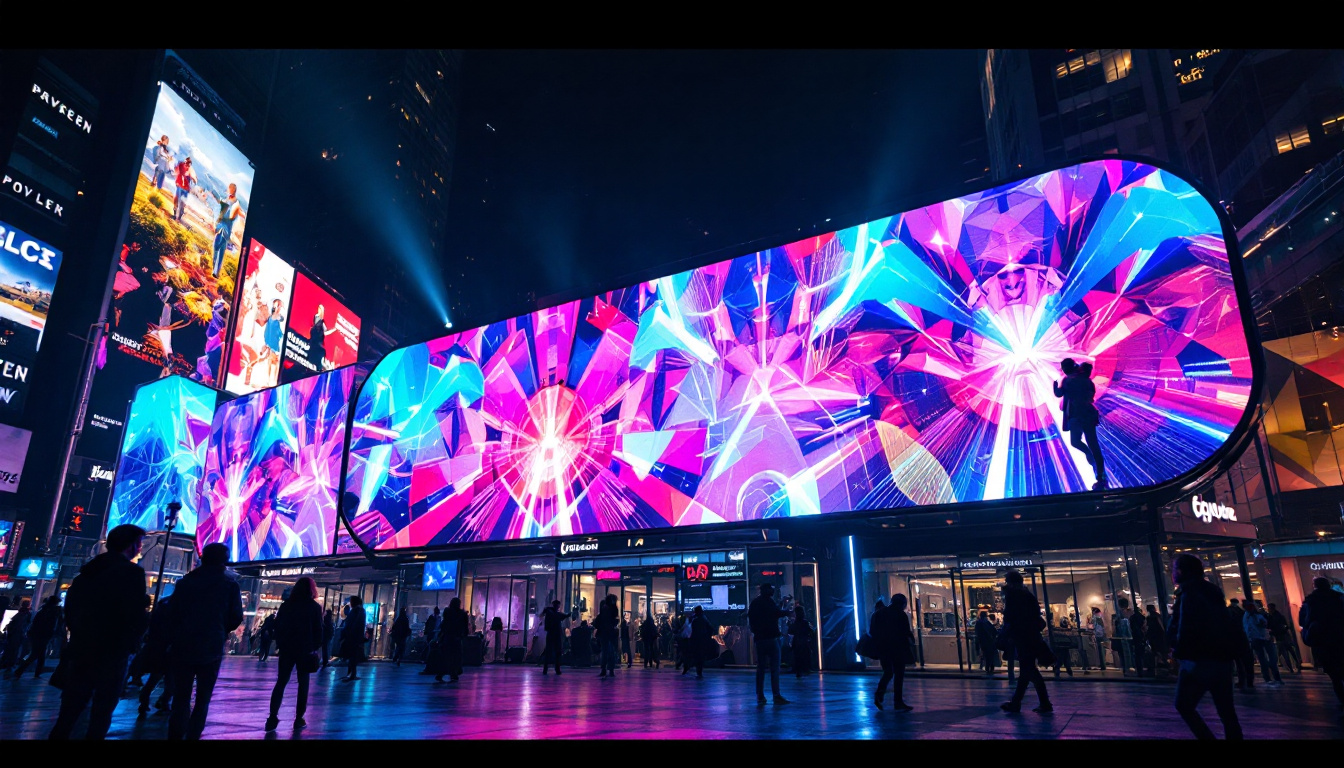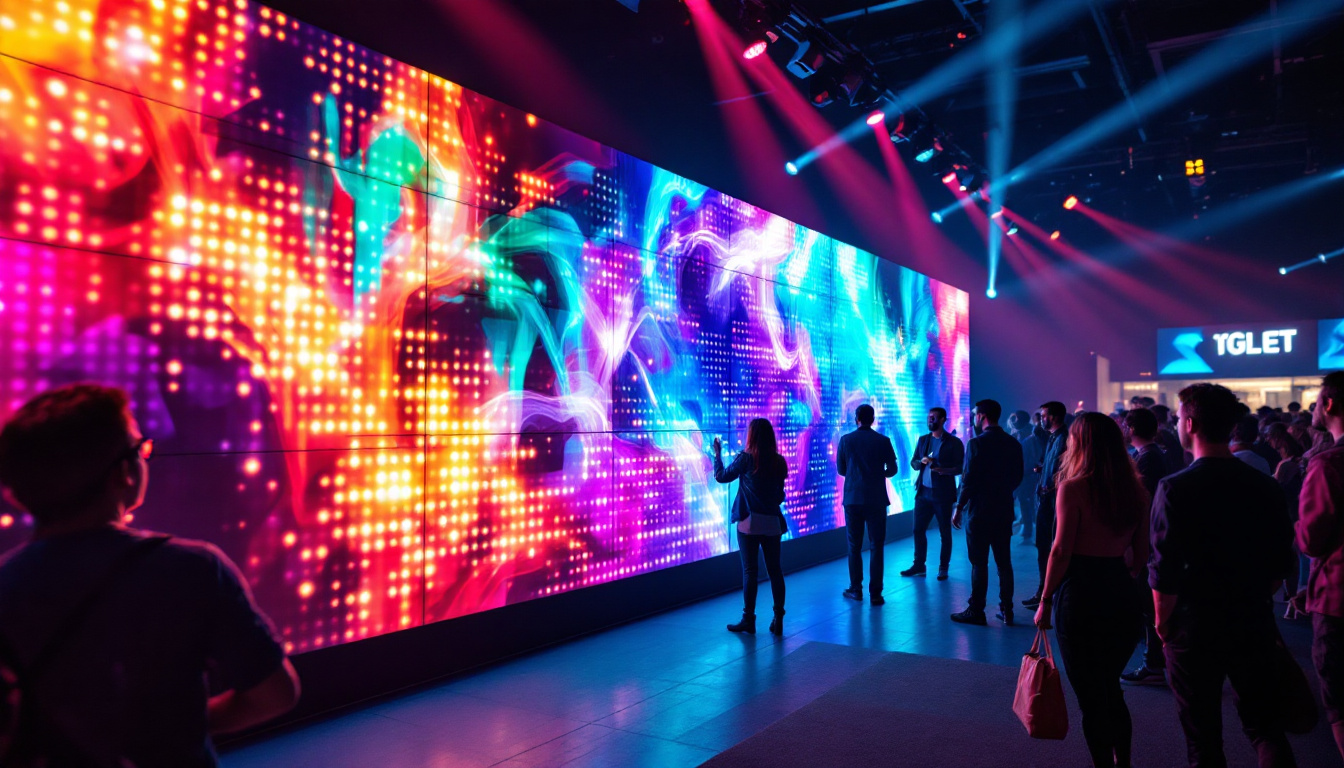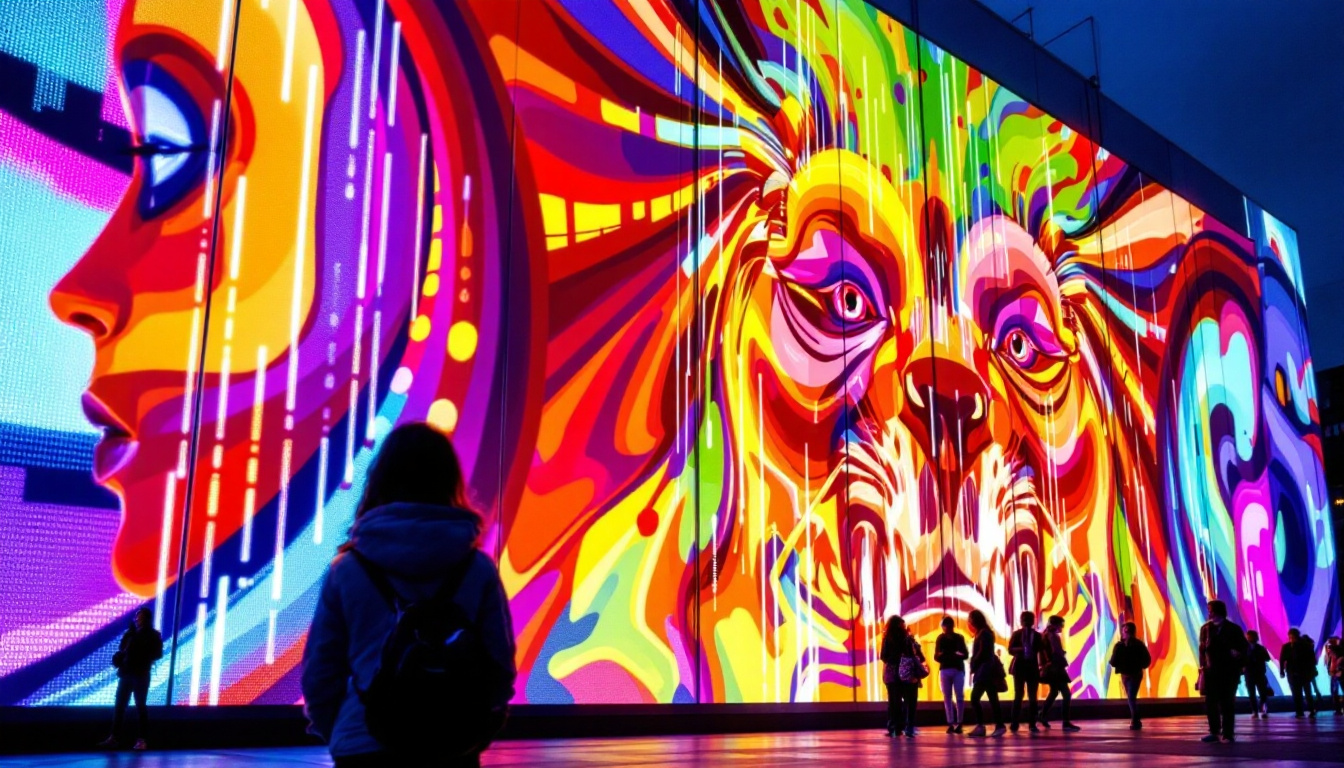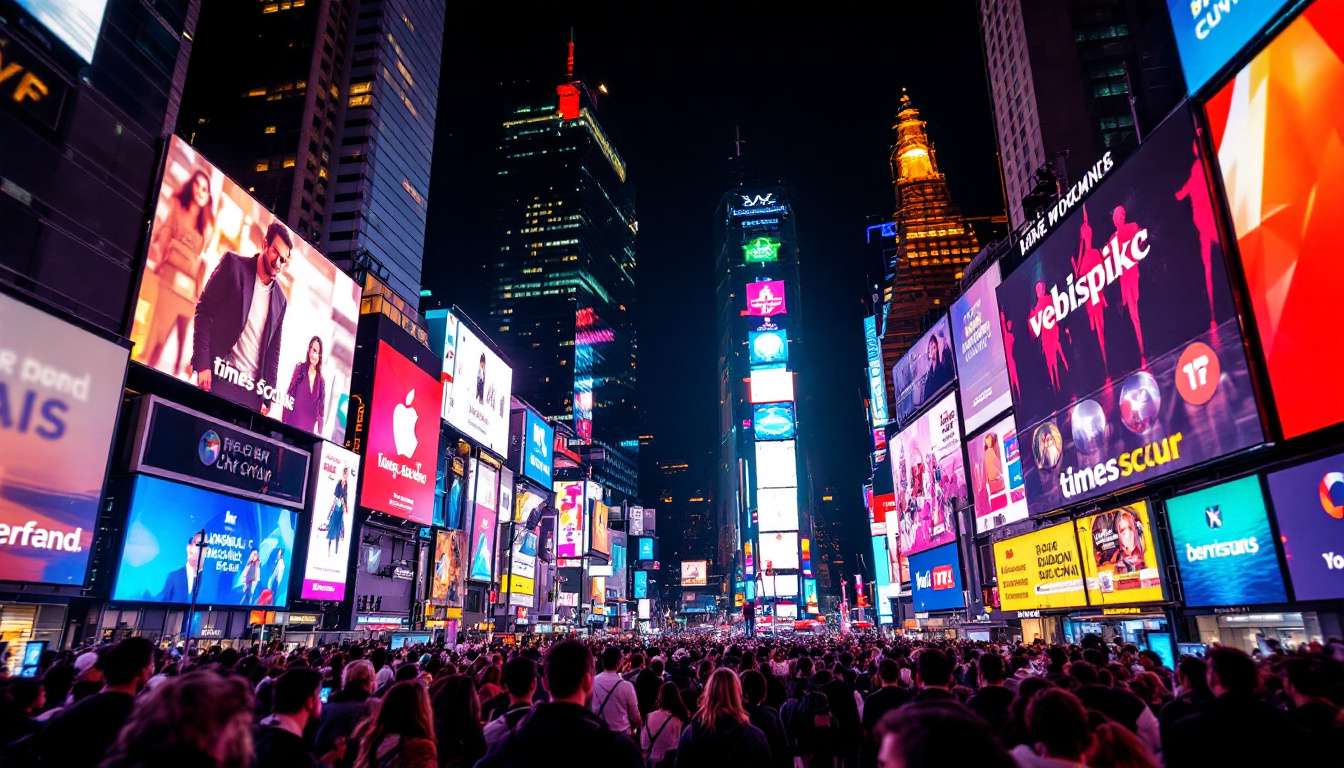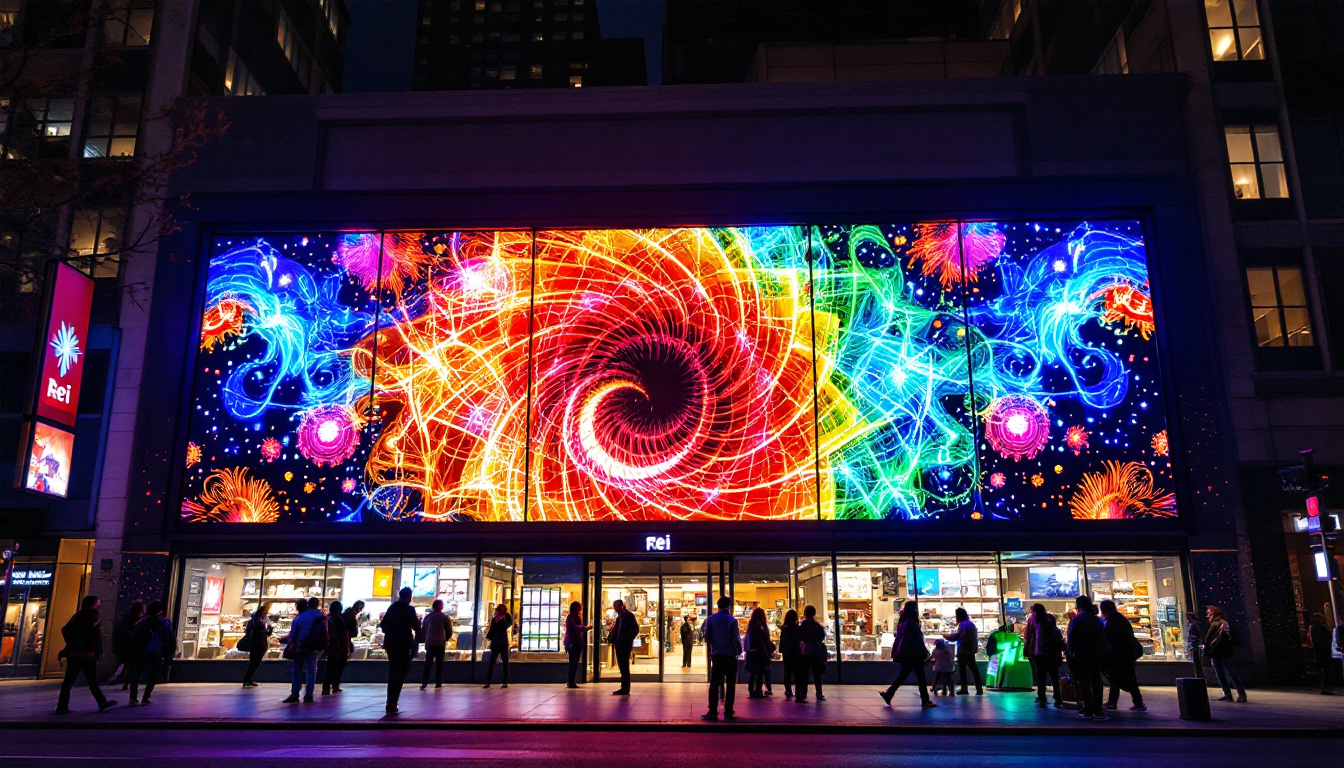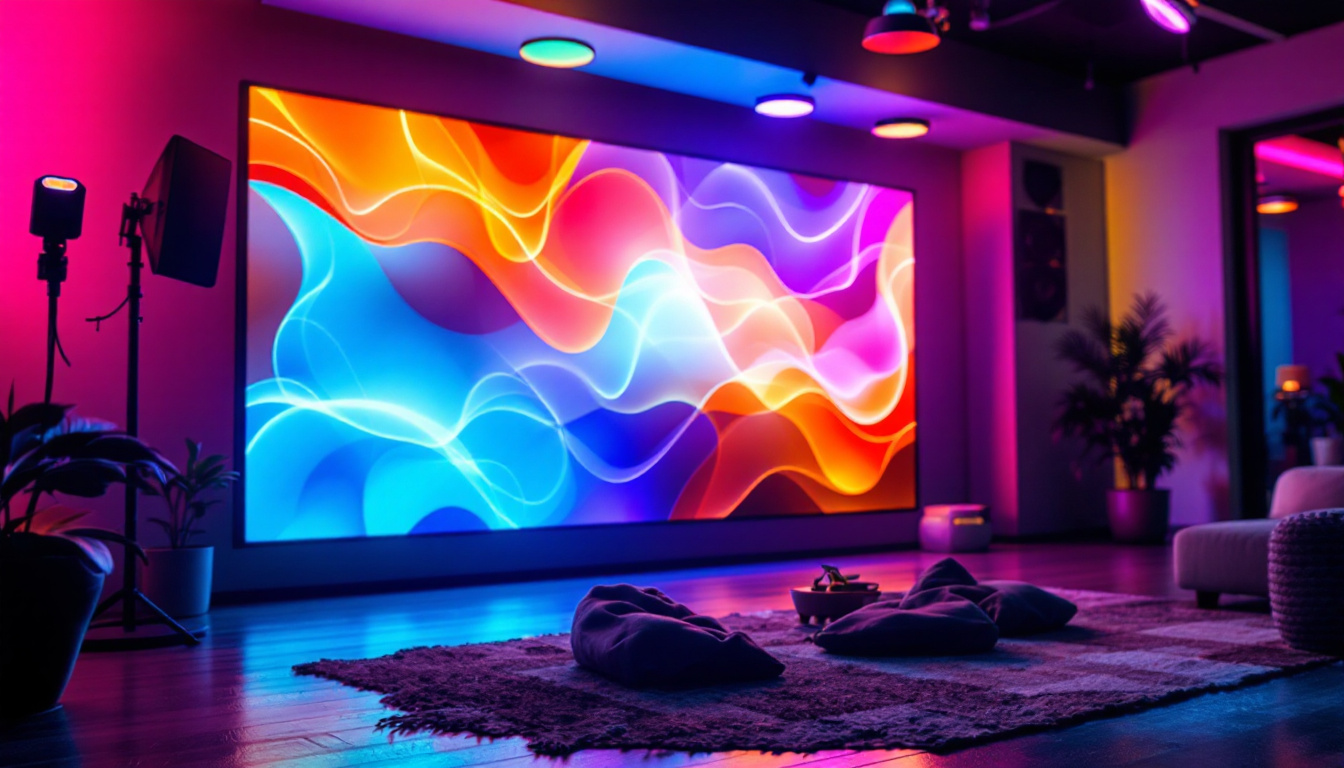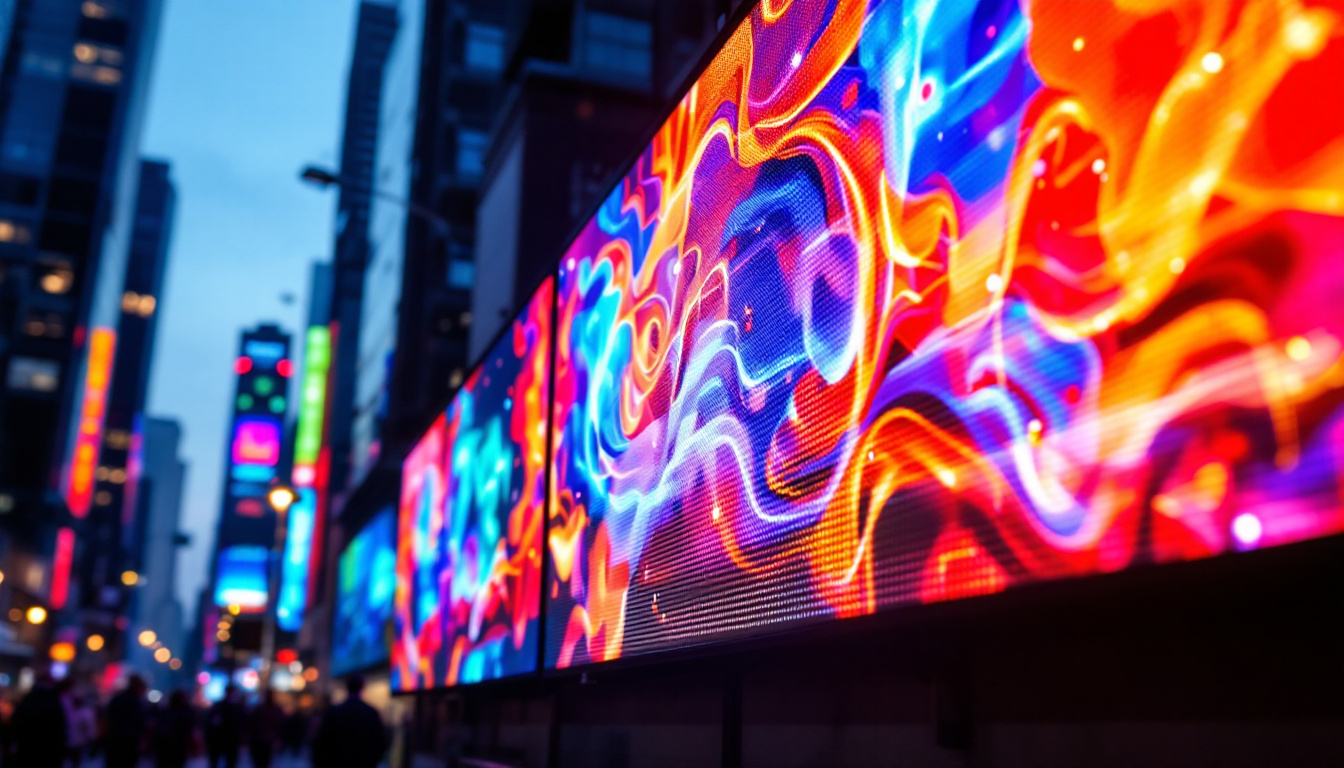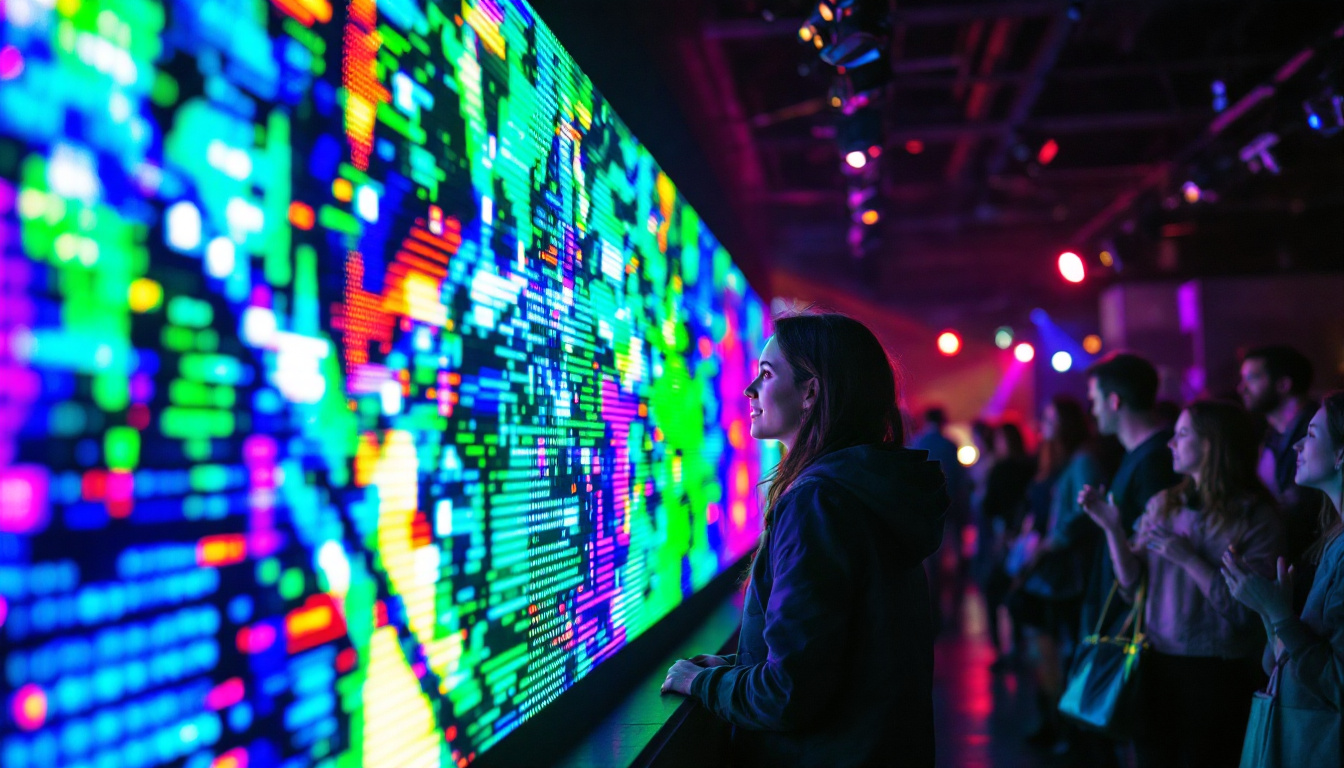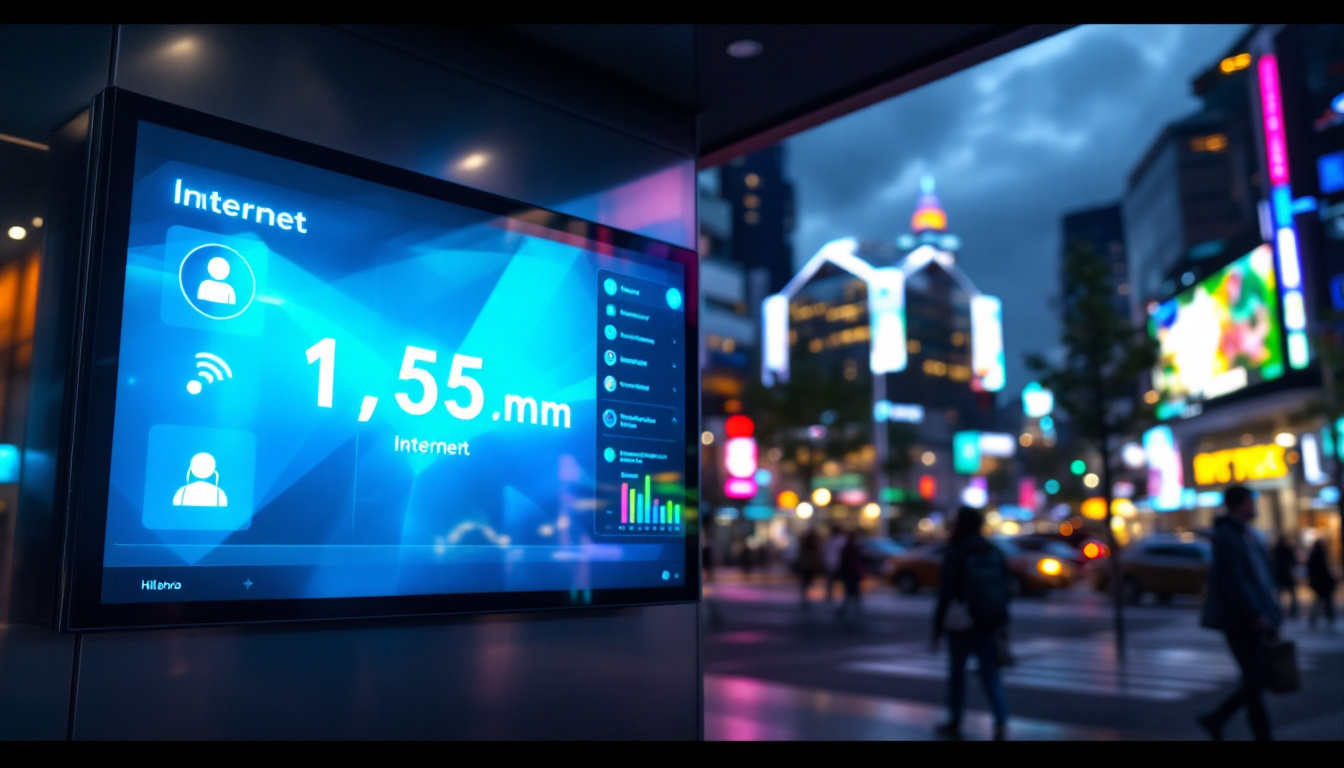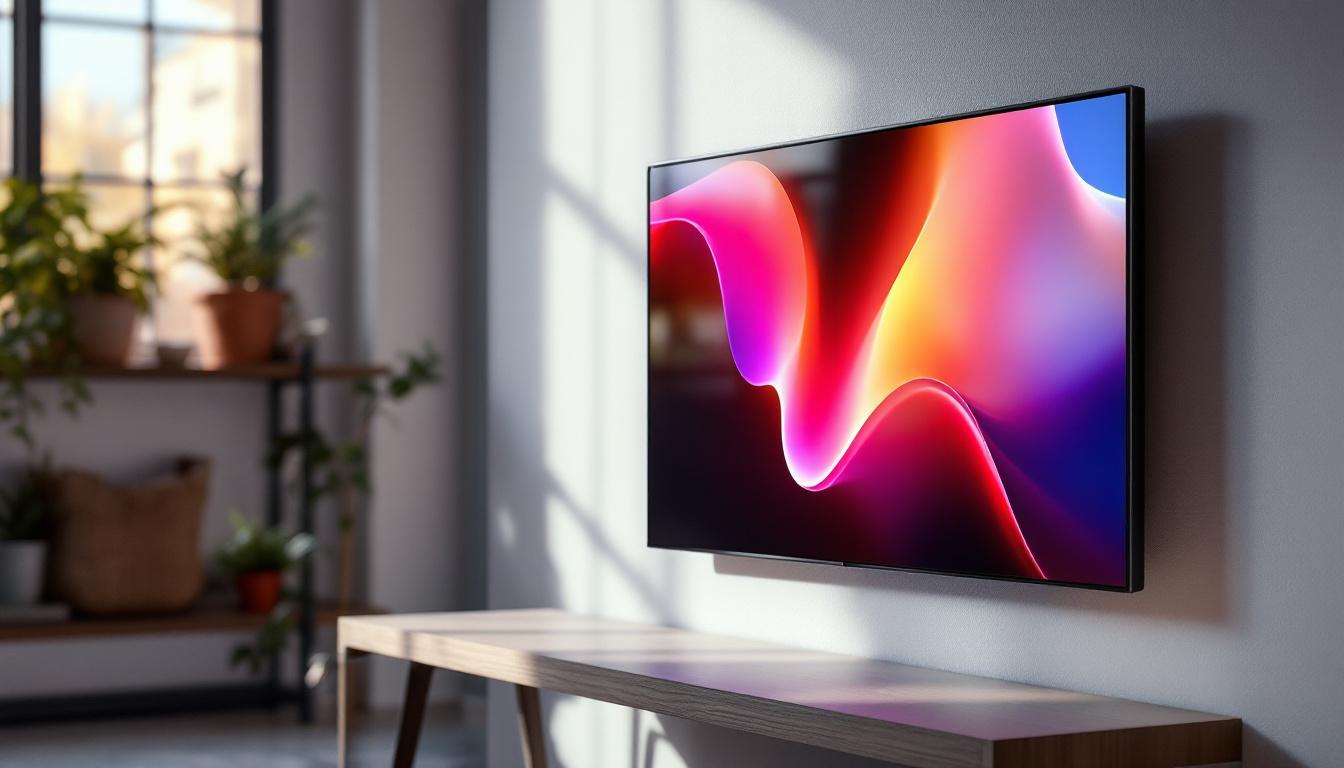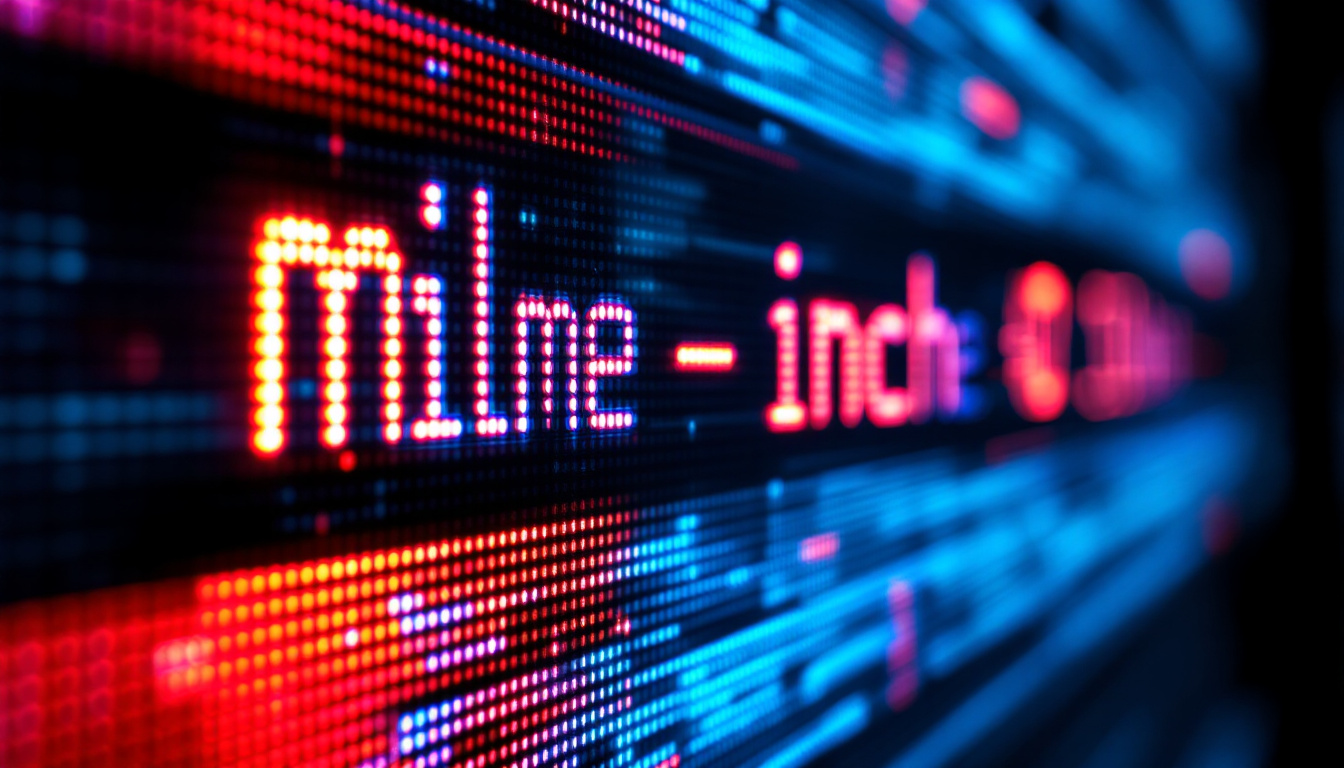In the modern world, LED displays have become ubiquitous, serving various purposes from advertising to information dissemination. The technology behind these displays is fascinating, particularly when it comes to understanding how they function in the context of plane motion. This article delves into the intricacies of LED displays, their operational principles, and how they are utilized in various applications, especially in aviation.
Understanding LED Technology
Light Emitting Diodes (LEDs) are semiconductor devices that emit light when an electric current passes through them. This technology has revolutionized the way we perceive visual information, providing brighter, more energy-efficient displays compared to traditional lighting methods. LEDs have not only transformed the consumer electronics market but have also made significant strides in various industries, from automotive lighting to architectural illumination, showcasing their versatility and adaptability.
Basic Principles of LED Operation
The operation of an LED is based on electroluminescence, a phenomenon where a material emits light in response to an electric current or a strong electric field. When electrons recombine with holes in the semiconductor material, energy is released in the form of photons, which is the light we see. The color of the emitted light depends on the materials used in the semiconductor and the energy band gap of the diode. This principle allows for the creation of LEDs in a wide spectrum of colors, making them suitable for various applications, including decorative lighting and signaling devices.
LEDs are highly efficient, converting a significant portion of electrical energy into light, which makes them ideal for various applications, including displays. Their compact size allows for the creation of large, high-resolution screens that can be used in diverse environments. Additionally, the longevity of LEDs—often exceeding 25,000 hours—means that they require less frequent replacement compared to traditional bulbs, further reducing maintenance costs and environmental impact.
Types of LED Displays
LED displays can be categorized into several types, each designed for specific applications. The most common types include:
- Direct View LED Displays: These displays consist of individual LEDs arranged in a grid. They are often used for large outdoor billboards and stadium screens, where visibility from a distance is crucial. Their ability to produce bright, vibrant images even in direct sunlight makes them a popular choice for advertising and public announcements.
- LED Backlit Displays: These displays utilize LEDs as a backlight for LCD screens, enhancing brightness and color accuracy. This technology allows for thinner and lighter screens, which are increasingly prevalent in modern televisions and computer monitors, providing consumers with a more immersive viewing experience.
- Organic LED (OLED) Displays: A more advanced technology, OLEDs use organic compounds to emit light, allowing for thinner displays with better contrast ratios. OLED technology is particularly favored in high-end smartphones and televisions due to its ability to produce deep blacks and vibrant colors, as each pixel can be individually turned on or off.
Furthermore, there are also specialized LED displays such as MicroLEDs, which promise even greater efficiency and color accuracy by utilizing microscopic LEDs for each pixel. This technology is still in its infancy but holds the potential to redefine display technology by offering superior image quality and lower power consumption. As research and development continue, we can expect to see even more innovative applications of LED technology in the near future, further enhancing our visual experiences across various platforms.
Applications of LED Displays in Aviation
In the aviation industry, LED displays play a crucial role in enhancing safety, communication, and passenger experience. Their versatility allows for a wide range of applications within airports and on aircraft.
Information Displays
LED displays are commonly used for flight information displays (FIDs) in airports. These screens provide real-time updates on flight arrivals, departures, and gate changes, ensuring that passengers are well-informed. The clarity and brightness of LED technology make these displays easily readable from a distance, even in bright sunlight.
Additionally, LED displays can be found in baggage claim areas, directing passengers to their luggage and providing information about lost items. This functionality enhances the overall efficiency of airport operations.
Safety and Emergency Messaging
Safety is paramount in aviation, and LED displays are integral to emergency communication systems. During emergencies, clear and concise messaging is critical. LED screens can quickly convey important safety instructions, evacuation routes, and other vital information to passengers and crew members.
Moreover, LED displays are often used in cockpit instrumentation, providing pilots with essential flight data in a clear and easily interpretable format. This contributes to safer flight operations and better situational awareness.
Advertising and Branding
Airports are bustling hubs of activity, making them prime locations for advertising. LED displays are increasingly used for commercial advertising, allowing brands to reach a captive audience. The vibrant colors and dynamic content of LED screens can attract attention and engage travelers effectively.
In addition to advertising, airlines utilize LED displays for branding purposes. Custom graphics and animations can enhance the visual identity of an airline, creating a memorable experience for passengers.
The Mechanics of Plane Motion and LED Displays
Understanding the relationship between plane motion and LED displays requires a look at how these displays are integrated into the systems that monitor and control aircraft. The motion of an aircraft can be complex, involving various factors such as speed, altitude, and orientation.
Data Visualization in Cockpits
In modern aircraft, LED displays are utilized for data visualization in the cockpit. These displays present critical flight information, including altitude, speed, navigation data, and engine performance. The integration of LED technology allows for high-resolution graphics that enhance readability and reduce pilot workload.
As an aircraft maneuvers through different phases of flight, the information displayed must be accurate and timely. LED displays can quickly update data in response to changes in flight conditions, ensuring that pilots have the most current information at their fingertips.
Real-Time Monitoring Systems
Real-time monitoring systems in aviation rely heavily on LED displays to present data from various sensors and instruments. These systems track parameters such as engine performance, fuel levels, and navigation accuracy. By visualizing this data on LED screens, pilots can make informed decisions that affect the safety and efficiency of the flight.
Furthermore, these displays can also provide alerts and warnings, ensuring that any potential issues are addressed promptly. The ability to visualize complex data in a straightforward manner is a significant advantage of LED technology in aviation.
Advantages of LED Displays in Aviation
LED displays offer numerous advantages that make them particularly suitable for aviation applications. From energy efficiency to durability, these benefits contribute to their widespread adoption in the industry.
Energy Efficiency
One of the most significant advantages of LED technology is its energy efficiency. LED displays consume less power compared to traditional display technologies, which is particularly beneficial in aviation, where energy conservation is crucial. This efficiency not only reduces operational costs but also minimizes the environmental impact of aircraft operations.
Durability and Longevity
LED displays are known for their durability, making them ideal for the demanding environments found in aviation. They are resistant to shock, vibration, and temperature fluctuations, ensuring reliable performance even in challenging conditions. Additionally, the long lifespan of LED technology reduces the need for frequent replacements, further enhancing cost-effectiveness.
High Visibility and Contrast
The brightness and contrast of LED displays are unmatched, providing excellent visibility in various lighting conditions. This capability is particularly important in aviation, where clear visibility can be a matter of safety. Whether in bright sunlight or low-light environments, LED displays maintain their clarity, ensuring that critical information is always accessible.
Challenges and Considerations
Despite the numerous advantages of LED displays, there are challenges and considerations that must be addressed when implementing this technology in aviation.
Cost of Implementation
The initial cost of installing LED displays can be significant, particularly for large-scale applications such as airport terminals or aircraft cockpits. While the long-term savings associated with energy efficiency and durability are substantial, the upfront investment may be a barrier for some organizations.
Technological Integration
Integrating LED displays into existing aviation systems can pose challenges. Ensuring compatibility with legacy systems and addressing potential technical issues requires careful planning and expertise. Organizations must invest time and resources into training personnel to operate and maintain these advanced displays effectively.
Regulatory Compliance
In aviation, regulatory compliance is paramount. LED displays must meet stringent safety and performance standards set by aviation authorities. Ensuring that displays comply with these regulations can add complexity to the implementation process, requiring thorough testing and certification.
The Future of LED Displays in Aviation
The future of LED displays in aviation looks promising, with ongoing advancements in technology and applications. As the industry continues to evolve, several trends are emerging that could shape the future of LED displays.
Smart Displays and Connectivity
With the rise of the Internet of Things (IoT), smart LED displays are becoming increasingly common. These displays can connect to various data sources, allowing for real-time updates and enhanced interactivity. In aviation, this could lead to more personalized passenger experiences and improved operational efficiency.
Enhanced Visual Experiences
As technology advances, the visual capabilities of LED displays are expected to improve further. Higher resolutions, improved color accuracy, and the integration of augmented reality (AR) could transform how information is presented in aviation. This evolution could enhance both safety and passenger engagement.
Sustainability Initiatives
As the aviation industry faces increasing pressure to reduce its environmental impact, LED displays will play a crucial role in sustainability initiatives. Their energy efficiency and longevity contribute to greener operations, and ongoing innovations in LED technology may lead to even more sustainable solutions in the future.
Conclusion
LED displays have become an integral part of the aviation industry, providing essential information, enhancing safety, and improving passenger experiences. Their energy efficiency, durability, and high visibility make them a preferred choice for various applications, from flight information displays to cockpit instrumentation.
As technology continues to evolve, the future of LED displays in aviation is bright. With advancements in connectivity, visual experiences, and sustainability, these displays will likely play an even more significant role in shaping the future of air travel. Embracing the potential of LED technology will not only enhance operational efficiency but also contribute to a safer and more engaging experience for passengers and crew alike.
Discover the Future of LED Displays with LumenMatrix
As we look toward a future where LED displays continue to redefine the aviation landscape, LumenMatrix stands at the forefront of this technological evolution. With our commitment to innovation and excellence, we offer a wide array of LED display solutions, from Indoor and Outdoor LED Wall Displays to specialized options like Vehicle LED Displays, LED Sports Displays, and Custom LED solutions. Whether you’re looking to enhance your brand’s visibility or create immersive visual experiences, LumenMatrix is your partner in revolutionizing visual communication. Check out LumenMatrix LED Display Solutions today and take the first step towards transforming your visual engagement strategy.



